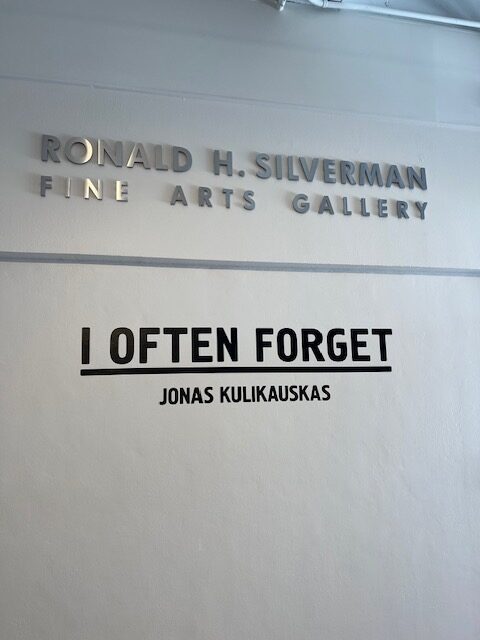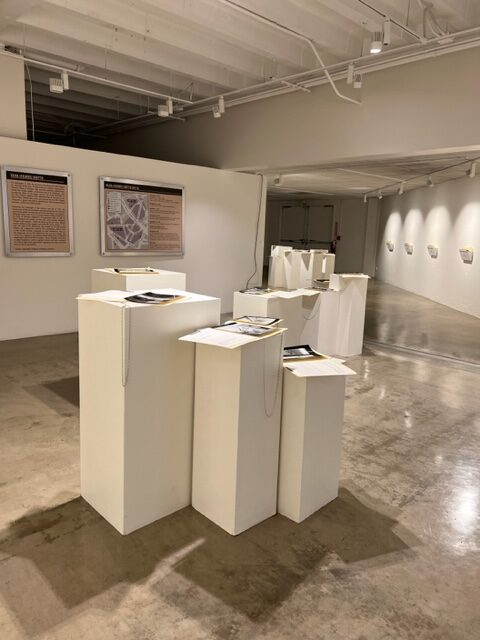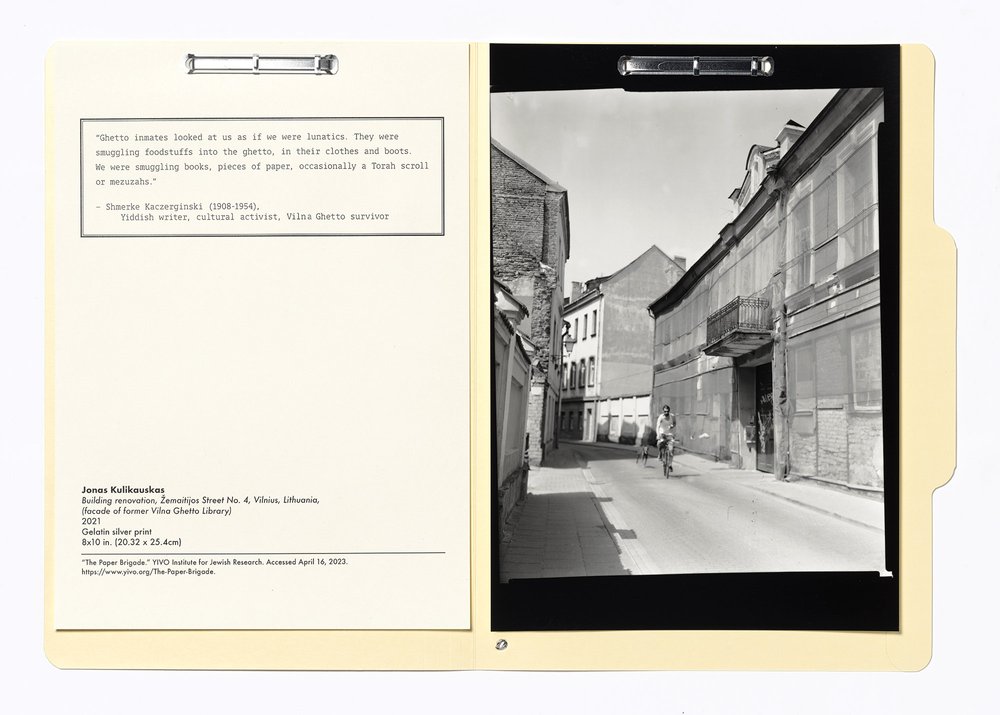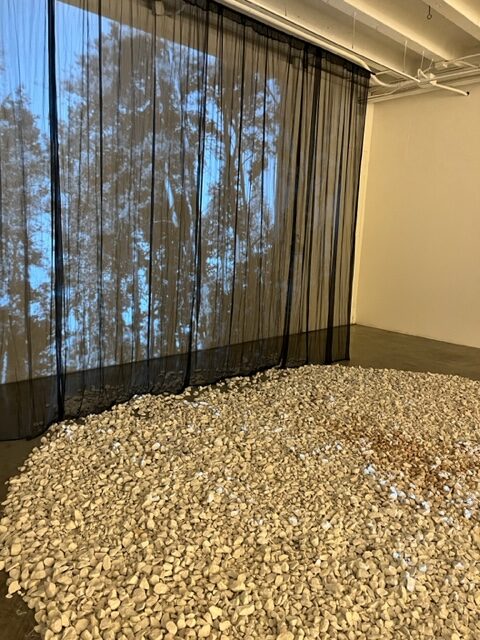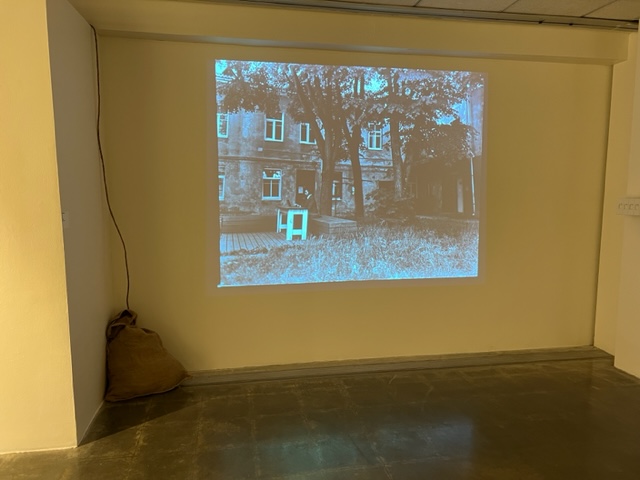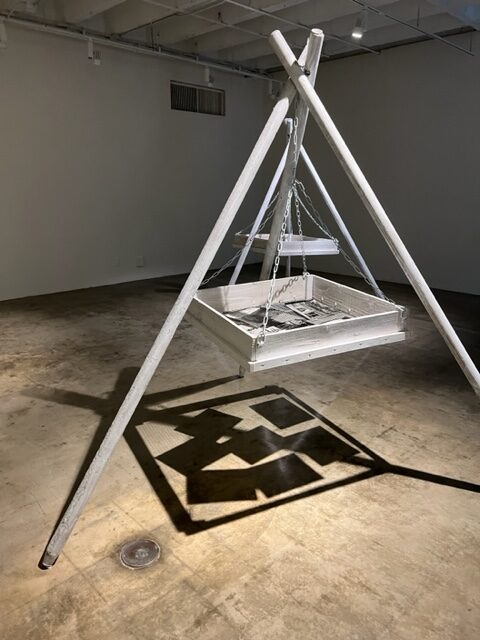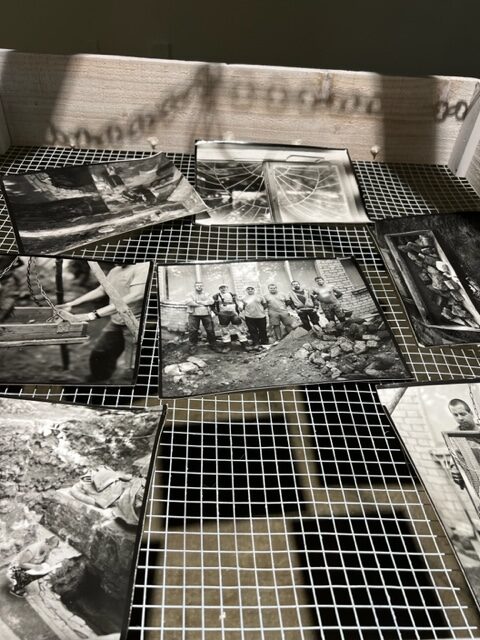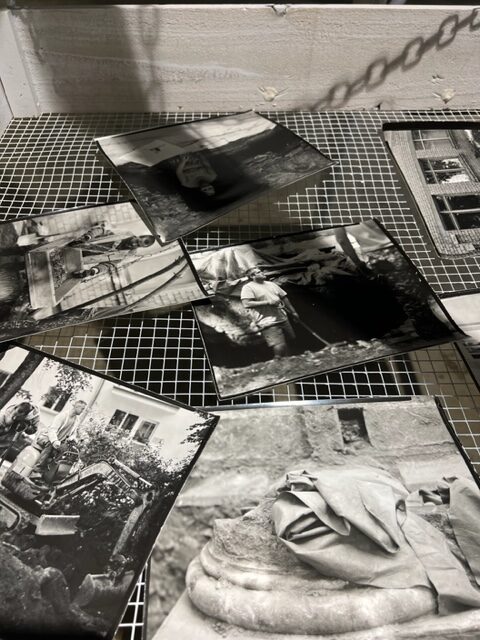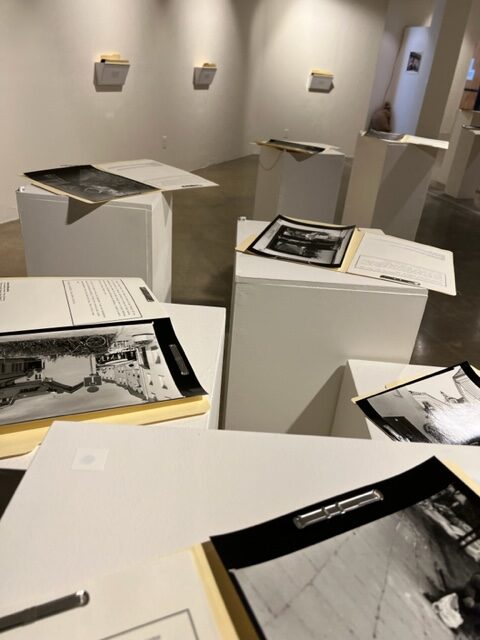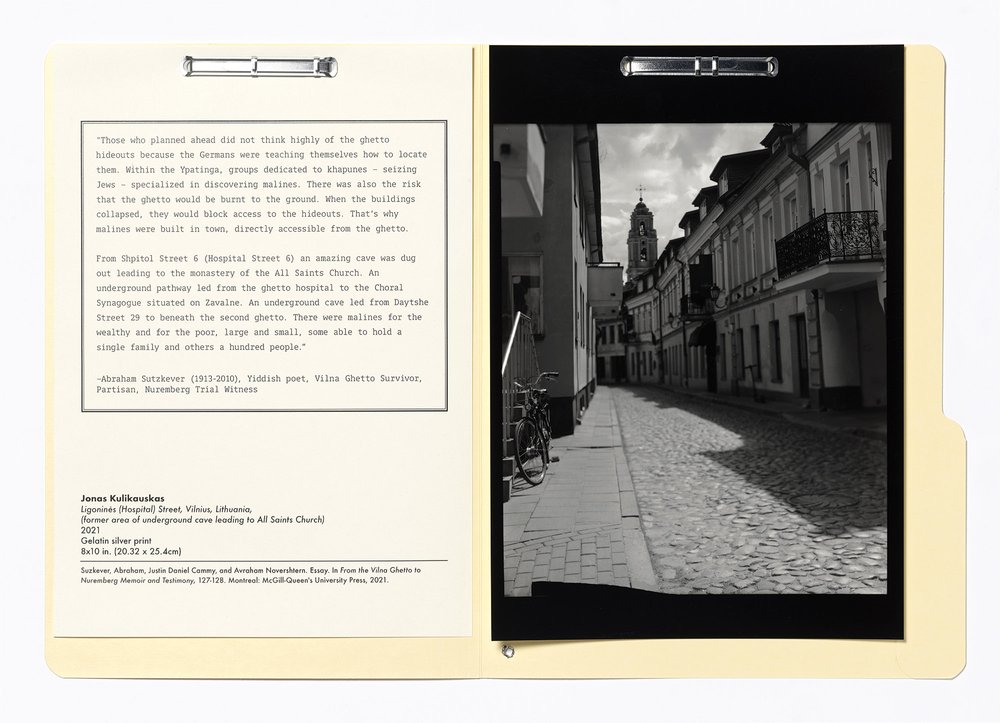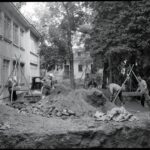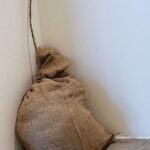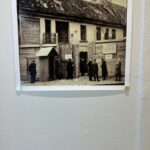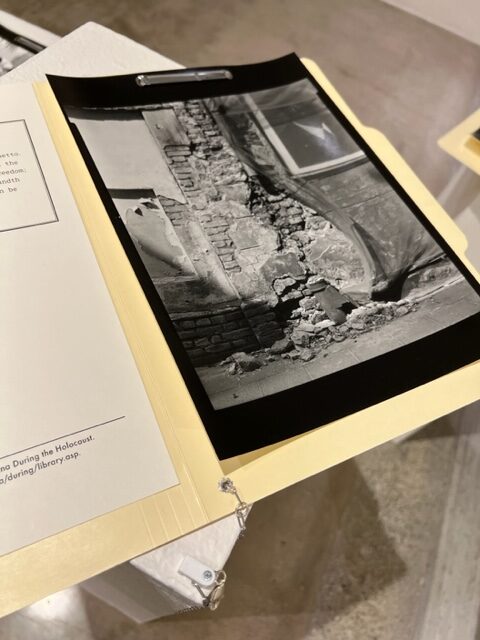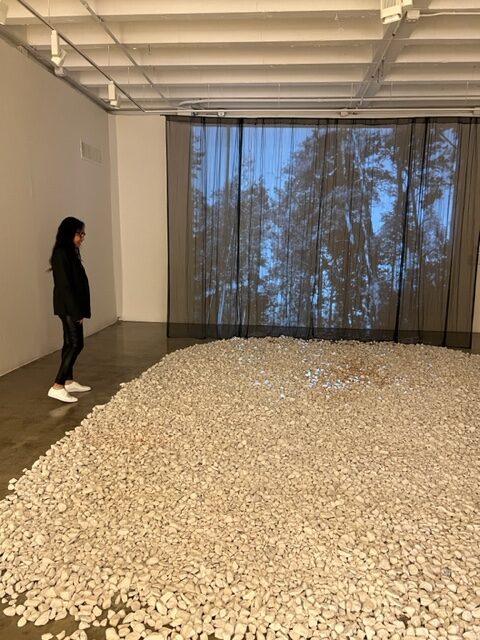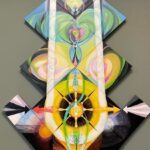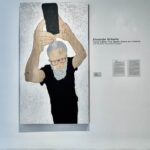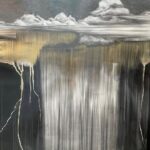Cheech Marin was there. But that’s not a surprise, given that the art celebration in mid-June was both to open three new exhibitions and commemorate a super successful first year at The Cheech Marin Center for Chicano Art & Culture of the Riverside Art Museum in downtown Riverside.
Last year’s opening show was stunning, and this year offered a new bevy of treasures to mark the anniversary. And what an anniversary it is: the museum far surprassed predicted attendance by 30%, and provided a much needed home for Chicano art in Southern California.
The museum was developed as a public-private partnership between the City of Riverside, Riverside Art Museum, and Marin. As such the museum also received Marin’s prolific collection of major artworks – over 500 stellar works in all.
In helping to establish The Cheech, the Riverside Art Museum received the 2023 National Medal for Museum and Library Service, the nation’s highest honor given to museums and libraries due to the significant contribution The Cheech made to the region. Marin is justifiably proud and pleased at both the response to the museum, and the exhibitions held there. The gloriously airy, modern space is equipped with comfortable, open galleries that showcase the work, and provide the room for large scale pieces and wall art alike.
Present at the celebration – which included make your own tacos, craft brews, ceviche, and Mexican pastries for desert – Marin stated his purpose. “Riverside Art Museum’s work in the community, its educational mission, and its broad support of Chicano art is why I decided to gift my collection and work with them to create a national center.” He cited the impact the museum has had on the community, and the ways in which the museum is providing the space to show Chicano art and educate viewers about it.
As honestly enormous of a cultural success as the museum is, it’s also a bastion of innovative, beautiful, and often profound art, revealing and passionately exploring political and social issues while presenting wall art and sculptural works that not only defy expectations but go beyond them.
The anniverary introduced three new exhibitions. On the first floor, there’s a new grouping of Marin’s personally collected works in Cheech Collects, an exhibition that included a few beauties viewed last year, but a lot of new pieces as well. The art is steeped in images of Southern California and family life, as well as in the social struggles, work, community, and protest that are a part of the rich Chicano community. Curated by Maria Esther Fernandez, Marin’s collection sings with color and light, and features many works by the always impressive Frank Romero, among 40 other artists. Romero’s “City of Night” is a vision of emerald green freeways.
Throughout the collection we see images such as Carlos Almaraz’ splendid “Mystery in the Park” diptych, and Eloy Torrez’ appropriate and beautifuly rendered “It’s a Brown World After All.” These works will be on display through next May.
In the upstairs galleries, Xican-a.o.x. Body intimately explores and celebrates the ways in which Chicanx artists have placed their physical and emotional bodies within these works, establishing their presence and also indicating a necessary willingness for protest and resistance. This exhibition was created by The American Federation of Arts, and features over 125 works ranging from photography to to sculptures – the visual grabber perhaps being a hot pink low rider, Justin Favela’s “Gypsy Rose Pinata (II) is a visual confection, an enormous and vibrant sculpture.
Narsiso Martinez’ truly stunning “Magic Harvest,” is a dimensional, sculptural painting of a migrant worker created on boxes of the produce gathered, and is wonderful from all angles, bringing the depicted worker both physically and emotionally present and fully realized. Linda Vallejo’s heartbreaking colored pencil and photographic “23.9% of Sex Trafficking Vicimes in the US were Latino in 2010” is both sharp in color and message. These works will be on view through early January of 2024.
Last but definitely not least, there are works of emerging and local artists curated by Cosmé Cordova. Among them are Man One, Andrew J. Castillo, Carlos Beltran Arechiga, Richie Velazquez, Martin Sanchez, Denise Silva, and Jacqueline Valenzuela. This one requires you to use a bit of alacrity in visiting The Cheech – it will close October 1st. Among the many fresh and riveting works, a massive geometrically abstract work from Carlos Beltran Arechiga, “Border Field State Park,” is a particular favorite, as woven as a tapestry, as complex as memory. Arechiga also has a smaller “Self Portrait” in the mix.
Yes, the 91E is a slog from LA to Riverside, but you’ll find a true oasis of art, culture, and meaning at The Cheech, and all you Los Angelenos owe it to yourself to make a visit.
The Cheech is located at 3581 Mission Avenue in Riverside.
- Genie Davis; photos by Genie Davis

























